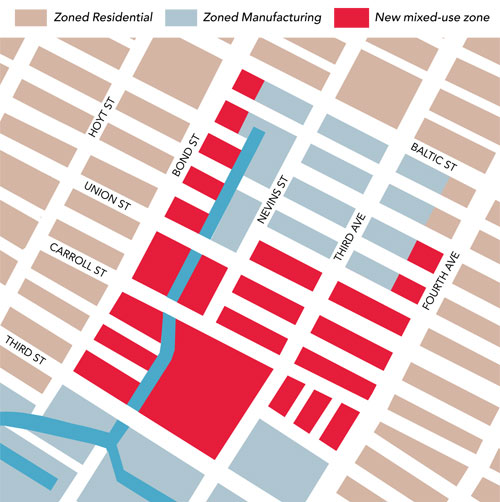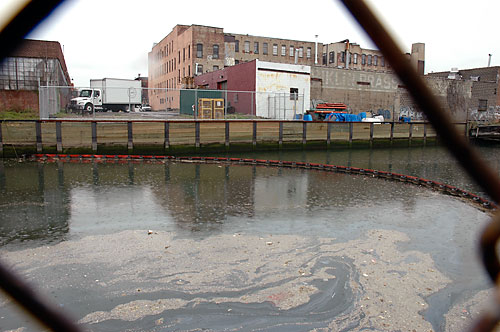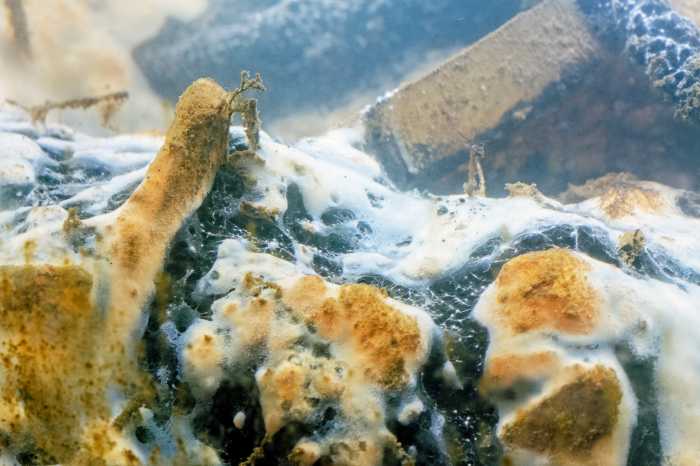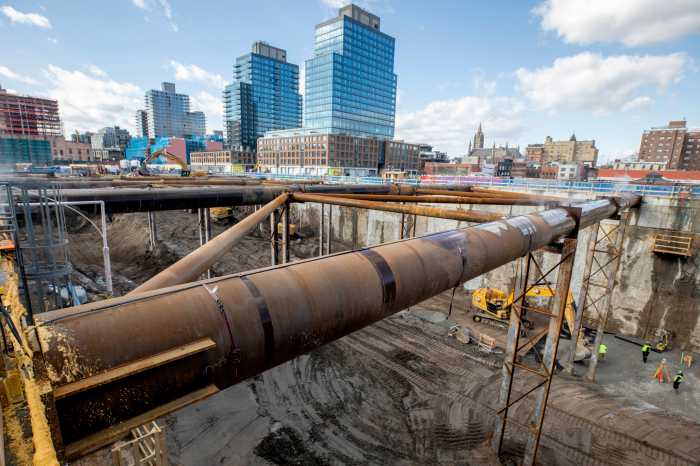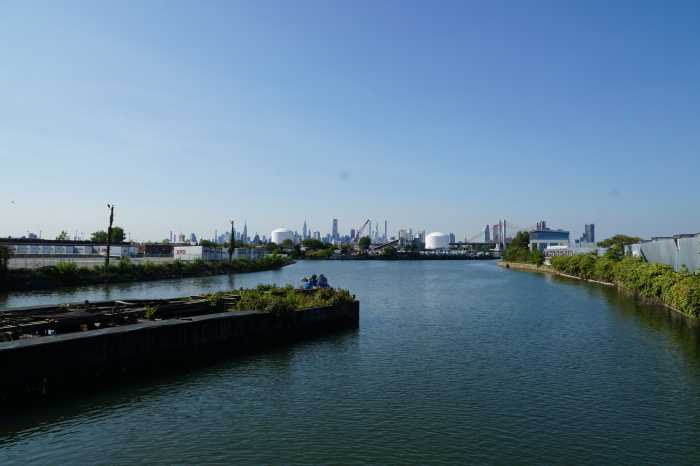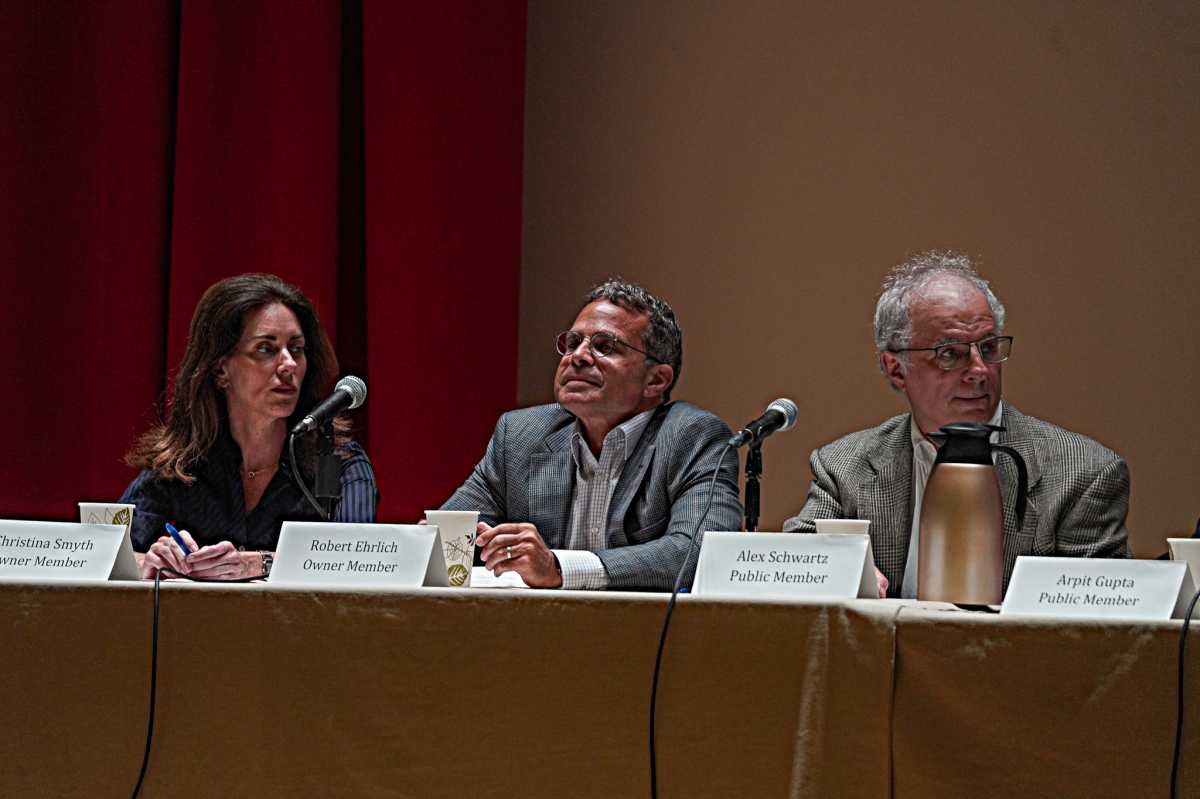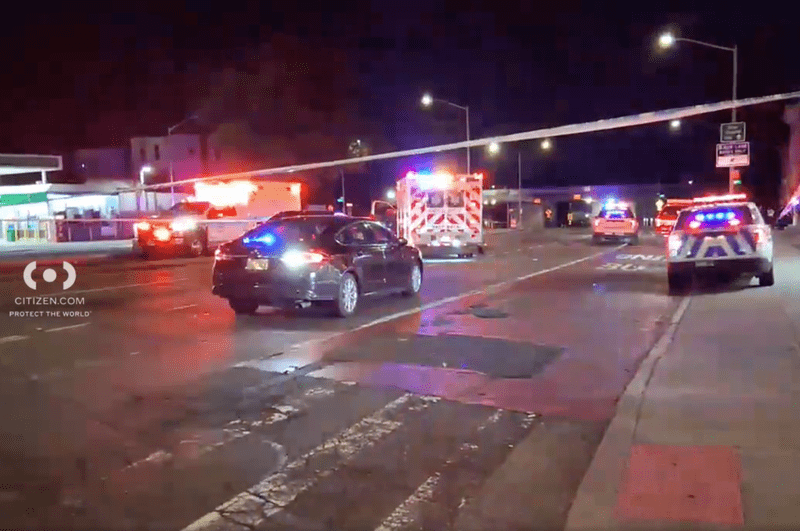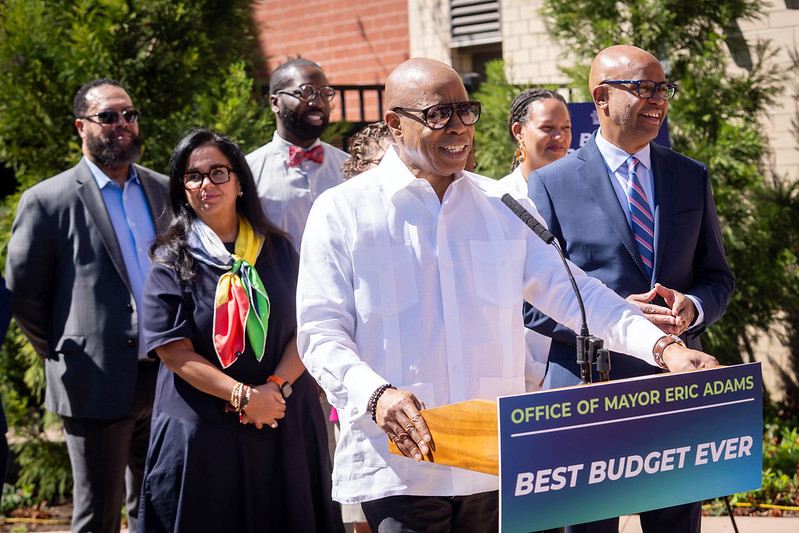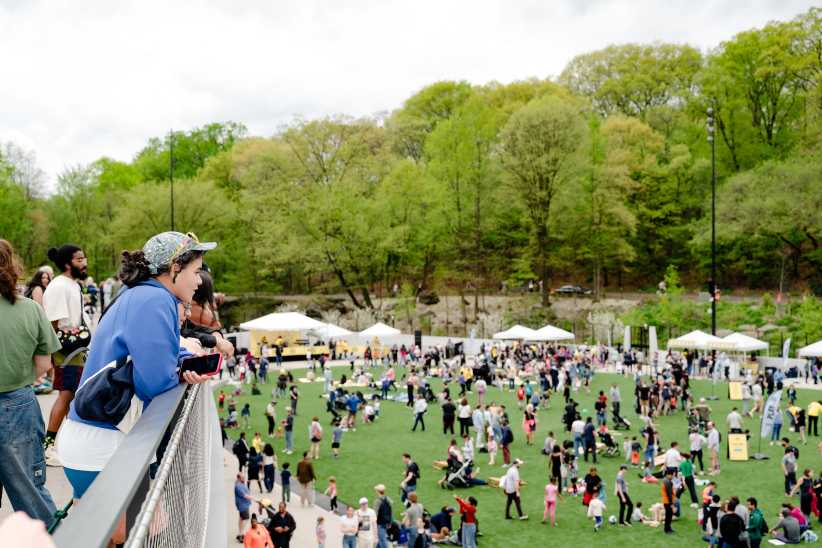The proposed federal clean-up of the Gowanus Canal would not correct the deficiencies of the aging city sewer system that dumps untreated sewage into the foul waterway each year, a top-ranking official in the Environmental Protection Agency told The Brooklyn Paper.
At the same time, the feds also cast new doubt on Mayor Bloomberg’s alternative to the Superfund clean-up hours before officials from the mayor’s office presented their counter position at a civic meeting on Monday night in Carroll Gardens.
The EPA, which is evaluating a state request to place the canal on the Superfund list, told The Brooklyn Paper that it’s focused on removing the toxic sediments on the floor of the canal and not solving the bigger problem: preventing 300 millions of gallons raw human waste that pours into the Gowanus every year after heavy rainfalls.
“It doesn’t have anything to do with the problem that the Superfund is looking at — which is the legacy of 150 years of industrial activity there in the muck,” said Walter Mugdan, who directs the EPA’s Superfund program in New York.
Mugdan said his agency’s primary objective is to dredge PCBs, dioxin and coal tars, and seal off continuing pollution that leeches into the 1.8-mile canal from toxic sites on the banks — work that Mugdan “guesstimates” would cost $300 million to $400 million, some of it paid for by the heirs of companies that caused the pollution in the first place.
So-called “water quality” issues — like the city’s failed system of dumping sewer overflows into the nearest body of water — are the state’s responsibility.
That said, Mugdan said the EPA would fix the sewers as part of its Superfund effort if they prove to be a significant source of toxins like the PCBs found on the bottom of the Gowanus — though he said that it is unlikely that PCBs and dioxins are caused by the sewage.
The revelation helps clarify persistent questions about the goals — and the likely success — of the federal Superfund remediation, a lengthy process in which the EPA tries to force polluters to pay for the clean-up of contaminated sites, often through lawsuits. Federal money also pays for a portion of many Superfund sites.
The Bloomberg Administration already plans to spend $15 million to dredge organic waste from 1,000 feet at the head of the canal and $160 million on infrastructure that will increase water flow through the fetid corpse of water.
These taxpayer investments will only mitigate the results of the sewage overflows, and resulted from an agreement with the state in 1993 to boost water quality, a promise that has not been met yet.
The mayor’s deputies say that these plans to reduce the sewage problem, work that is scheduled to begin this fall, are in jeopardy with a Superfund designation.
Bloomberg also opposes the Superfund listing because it might deter some or all of the expected $400 million in private investment near the Gowanus, an industrial area he’s targeted for residential development, and because the EPA might sue the city to pay for some of the clean-up.
On Monday night, administration representatives told a packed crowd at the Carroll Gardens Neighborhood Association that quicker and cheaper methods exist to clean the Gowanus instead of the often-litigious and lengthy Superfund process.
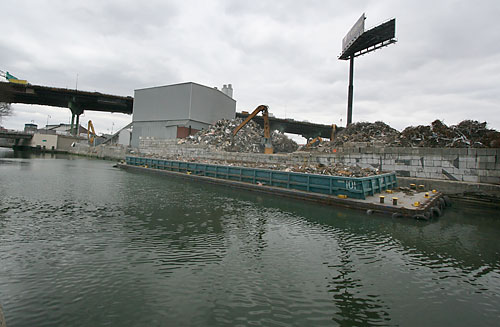
“The city thinks we can do it a different way,” said Caswell Holloway, the chief of staff for Deputy Mayor Ed Skyler.
Yet the Bloomberg Administration concedes that the Superfund debate forced the city to rapidly adjust its objectives, now aiming for a much higher level of cleanliness than it had before the EPA became involved.
“The new standard that the city has to meet is the standard that a Superfund clean-up would attain,” said Holloway. “One way or the other this work has to be done fully.”
The city is developing a three-pronged scenario to decontaminate the canal:
• Proceed with the planned and mandated $175 million in dredging and work on the so-called “flushing tunnel,” which brings in so-called fresh water from the Buttermilk Channel.
• Partner with the Army Corps of Engineers, which the city hopes would provide the bulk of funding, to dredge the entire canal.
• Compel polluters from the 250 current and former property owners along the canal to contribute to a pool of clean-up money.
Already, the EPA has criticism of this approach.
“Any proposal from [the city] would have to address our fundamental concern, but I have my doubts about their ability to develop a package that does that,” said Mugdan.
“Where’s the money coming from? If [the Army Corps of Engineers] is to be one of the main funding sources, there’s got to be some persuasive argument that that money in sufficient quantities would be available when needed,” Mugdan told The Brooklyn Paper.
Among activists who live near the canal, there is more support for a Superfund listing, even with its checkered record, than for Mayor Bloomberg’s argument.
“The EPA has been doing this for years and years and years. [The city] is trying to play catch up,” said Glenn Kelly, a member of the Carroll Gardens Neighborhood Association.
The EPA will accept public comments about the Gowanus Canal until July 8 and might add the waterway to its Superfund list as early as September.
